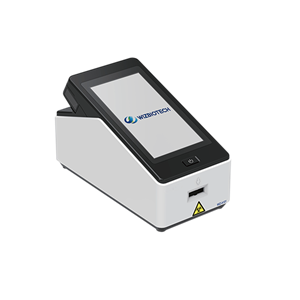Difference between Mycoplasma Pneumoniae and COVID-19
Mycoplasma pneumoniae is an atypical pathogen. It is neither a virus nor a bacterium, but a microorganism intermediate in size between a bacterium and a virus. Mycoplasma pneumonia refers to the inflammation of the lungs caused by an infection with Mycoplasma pneumonia, which can affect the bronchi, bronchioles, alveoli, and lung interstitium. Pneumonia caused by Mycoplasma pneumoniae is not identical to pneumonia caused by COVID-19, which is caused by viral infection and is more infectious, so the two are also different in clinical manifestations.
Typical symptoms of Mycoplasma pneumonia include fatigue, muscle pain, fever, and cough, while early symptoms of COVID-19 include fever, sore throat, cough, muscle pain, nasal congestion, runny nose, chest tightness, and abnormal sense of smell or taste. Additionally, Mycoplasma pneumonia may be accompanied with the symptoms such as headache and sore throat, while COVID-19’s may be accompanied with the symptoms such as shortness of breath, fatigue, and respiratory distress.
Although both Mycoplasma pneumonia and COVID-19 pneumonia are diseases that cause inflammation in the lungs, they have differences in etiology and clinical manifestations. Early and accurate detection and diagnosis are crucial for proper treatment and management for the patients. For this purpose, Wiz Biotech Co., Ltd. has developed the Diagnostic Kit for IgM Antibody to Mycoplasma Pneumoniae (Colloidal Gold), which can be used for screening of Mycoplasma pneumoniae infection. It has features of being rapid, precise, and convenient, meeting the screening needs of clinical and primary healthcare clinics to improve treatment outcomes and reduce disease transmission.
If you would like to learn more about or order our products, please contact our sales team (click here to view contact information).




